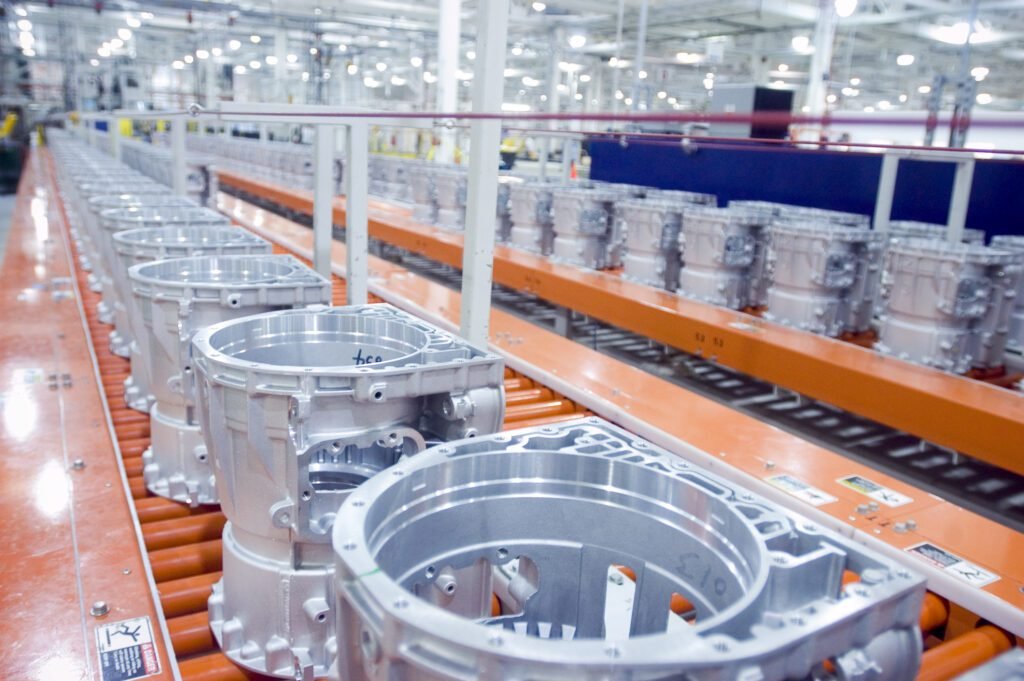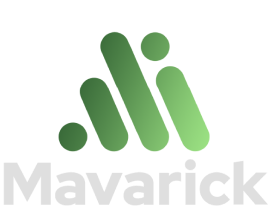
Table of Contents
- CSRD and Scope 3 Emissions: Understanding the Legal Framework
- Key CSRD Reporting Requirements Related to Scope 3 Emissions
- Challenges of Manual Scope 3 Emissions Reporting
- 1. Data Collection is Time-Consuming and Inaccurate
- 2. Lack of Standardisation
- 3. Regulatory Complexity
- 4. Audit and Assurance Requirements
- How Automation Transforms Scope 3 Emissions Reporting
- 1. Automated Data Collection from Suppliers
- 2. Real-Time Tracking and Analysis
- 3. Seamless CSRD Compliance
- 4. Integration with GHG Protocol and Other Standards
- 5. Third-Party Verification Readiness
- Choosing the Right Carbon Accounting Software for CSRD Compliance
- Conclusion
- Frequently Asked Questions
- 1. What is Scope 3 emissions reporting, and why is it important for CSRD compliance?
- What challenges do businesses face with manual Scope 3 emissions reporting?
- How does automating Scope 3 emissions reporting help with CSRD compliance?
- What features should businesses look for in carbon accounting software?
- How can businesses get started with automated Scope 3 emissions reporting?
The Corporate Sustainability Reporting Directive (CSRD) has significantly raised the bar for corporate environmental disclosures in the EU, particularly regarding Scope 3 emissions reporting. Many organizations struggle to compile accurate and verifiable data with businesses now required to measure and disclose indirect emissions from their entire value chain. The complexity and vast scope of Scope 3 emissions make manual tracking nearly impossible—this is where automation and ESG reporting software come into play.
Automation streamlines data collection and reporting enhances accuracy, ensures regulatory compliance, and provides actionable insights for carbon reduction. This blog explores the importance of automating Scope 3 emissions reporting, the regulatory landscape, the challenges of manual data collection, and how automation tools help businesses stay compliant with the CSRD.

CSRD and Scope 3 Emissions: Understanding the Legal Framework
The Corporate Sustainability Reporting Directive (CSRD) came into effect on January 5, 2023, replacing the Non-Financial Reporting Directive (NFRD) and requiring over 50,000 companies to disclose detailed ESG data. One of the most critical aspects of the CSRD is the requirement for businesses to report and verify Scope 3 emissions.
Key CSRD Reporting Requirements Related to Scope 3 Emissions
- Mandatory Reporting – Unlike the NFRD, the CSRD mandates detailed Scope 1, 2, and 3 emissions reporting for large companies.
- Double Materiality Principle – Companies must assess both financial materiality (impact on business performance) and impact materiality (impact on the environment and society).
- Third-Party Audits – ESG reports must be externally assured to ensure data accuracy and credibility.
- Alignment with Global Standards – CSRD reporting must comply with the European Sustainability Reporting Standards (ESRS) and align with the Greenhouse Gas (GHG) Protocol.
- Scope 3 Transparency – Companies must disclose emissions from their full supply chain, including supplier data, product lifecycle emissions, and logistics.
Failure to comply with CSRD regulations can lead to financial penalties, reputational damage, and legal action. This makes the need for an automated, auditable, and scalable reporting system critical for businesses.

Challenges of Manual Scope 3 Emissions Reporting
For companies relying on spreadsheets, emails, and manual surveys, Scope 3 emissions reporting can be a logistical nightmare. Here are some of the most significant challenges:
1. Data Collection is Time-Consuming and Inaccurate
- Companies need to gather data from hundreds or even thousands of suppliers.
- Inconsistent supplier reporting practices lead to data gaps and discrepancies.
- Manual entry increases the risk of human error.
2. Lack of Standardisation
- Different suppliers report emissions using varied methodologies and formats.
- Aligning Scope 3 emissions data with CSRD-compliant reporting frameworks requires extensive reformatting.
3. Regulatory Complexity
- Companies must navigate a web of global reporting frameworks like CSRD, GHG Protocol, TCFD, and ISSB.
- Keeping up with regulatory changes requires continuous updates to reporting processes.
4. Audit and Assurance Requirements
- CSRD mandates third-party verification, which means businesses must ensure their data is verifiable and transparent.
- Manually collected data often lacks traceability, making external audits difficult.
Given these challenges, automation has emerged as the only viable solution for businesses aiming for CSRD compliance while minimising resource drain.

How Automation Transforms Scope 3 Emissions Reporting
Automating Scope 3 emissions reporting eliminates inefficiencies, improves accuracy, and ensures compliance with CSRD. Here’s how:
1. Automated Data Collection from Suppliers
- ESG software integrates with supplier management systems to automatically collect and validate emissions data.
- AI-driven data verification tools reduce inconsistencies and missing values.
2. Real-Time Tracking and Analysis
- Automation enables real-time emissions tracking, helping businesses monitor, adjust, and report emissions continuously.
- AI-driven analytics provide actionable insights on carbon reduction opportunities.
3. Seamless CSRD Compliance
- Automated carbon accounting software ensures data is structured in CSRD-compliant formats, reducing compliance risks.
- ESG software generates audit-ready reports with verifiable data trails.
4. Integration with GHG Protocol and Other Standards
- Leading automation tools align with the GHG Protocol, ISSB, TCFD, and ESRS, ensuring global regulatory compliance.
- This eliminates the complexity of aligning Scope 3 emissions with multiple frameworks.
5. Third-Party Verification Readiness
- Automation ensures data integrity, transparency, and traceability, making it easier for external auditors to verify reports.
- Digital audit trails enhance compliance assurance.

Choosing the Right Carbon Accounting Software for CSRD Compliance
Selecting the right ESG reporting software is critical for achieving seamless Scope 3 reporting and compliance. Here’s what to look for:
- Automated Data Collection: Integration with supplier networks, ERP systems, and IoT devices.
- CSRD and GHG Protocol Compliance: The software should align with regulatory frameworks.
- Real-Time Tracking & Analytics: AI-driven tools for carbon hotspot identification.
- Audit Readiness: Built-in features for third-party verification and digital audit trails.
- Scalability: Ability to handle growing data volumes and reporting complexity.

Conclusion
Automating Scope 3 emissions reporting is no longer an option—it’s a necessity for CSRD compliance and sustainable business growth. With the increasing complexity of regulatory frameworks and the demand for accurate, auditable emissions data, companies must embrace ESG reporting software to stay ahead.
By leveraging automation, AI, and real-time analytics, businesses can simplify reporting, enhance accuracy, and drive sustainability efforts. The future of carbon reporting is digital—companies that adapt now will be the ones leading the sustainability revolution.
Looking for a seamless way to automate your Scope 3 emissions reporting?
Contact Mavarick today to discover how our cutting-edge carbon accounting software can help you stay compliant with CSRD and optimise your sustainability strategy.
Frequently Asked Questions
1. What is Scope 3 emissions reporting, and why is it important for CSRD compliance?
Scope 3 emissions reporting involves tracking indirect emissions from an organisation’s value chain. Under CSRD, companies must disclose these emissions to enhance transparency and sustainability.
What challenges do businesses face with manual Scope 3 emissions reporting?
Manual reporting is time-consuming, prone to errors, lacks standardisation, and makes regulatory compliance and third-party audits difficult due to data inconsistencies.
How does automating Scope 3 emissions reporting help with CSRD compliance?
Automation streamlines data collection ensures accuracy, provides real-time tracking, aligns with GHG Protocol, and prepares audit-ready reports, simplifying CSRD compliance.
What features should businesses look for in carbon accounting software?
Key features include automated data collection, real-time analytics, CSRD compliance, integration with supplier networks, and built-in audit readiness for third-party verification.
How can businesses get started with automated Scope 3 emissions reporting?
Companies can begin by selecting reliable ESG reporting software, integrating it with their supply chain, and leveraging automation to enhance accuracy and compliance.
Carbon Accounting System
Carbon Emissions Reporting for the Supply Chain
- Visible Supply Chain
- Quality Data You can Trust
- Auditable Reports




